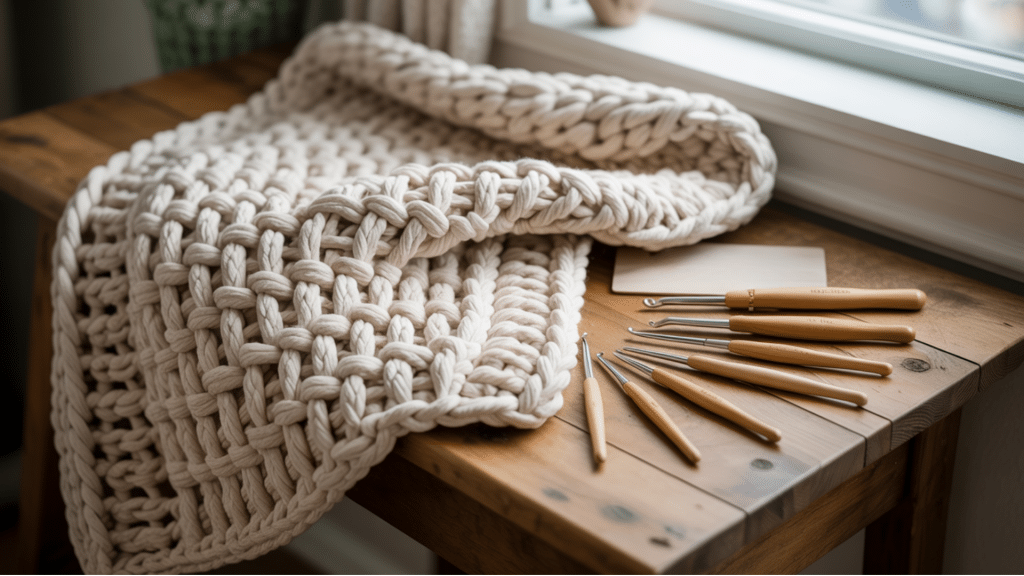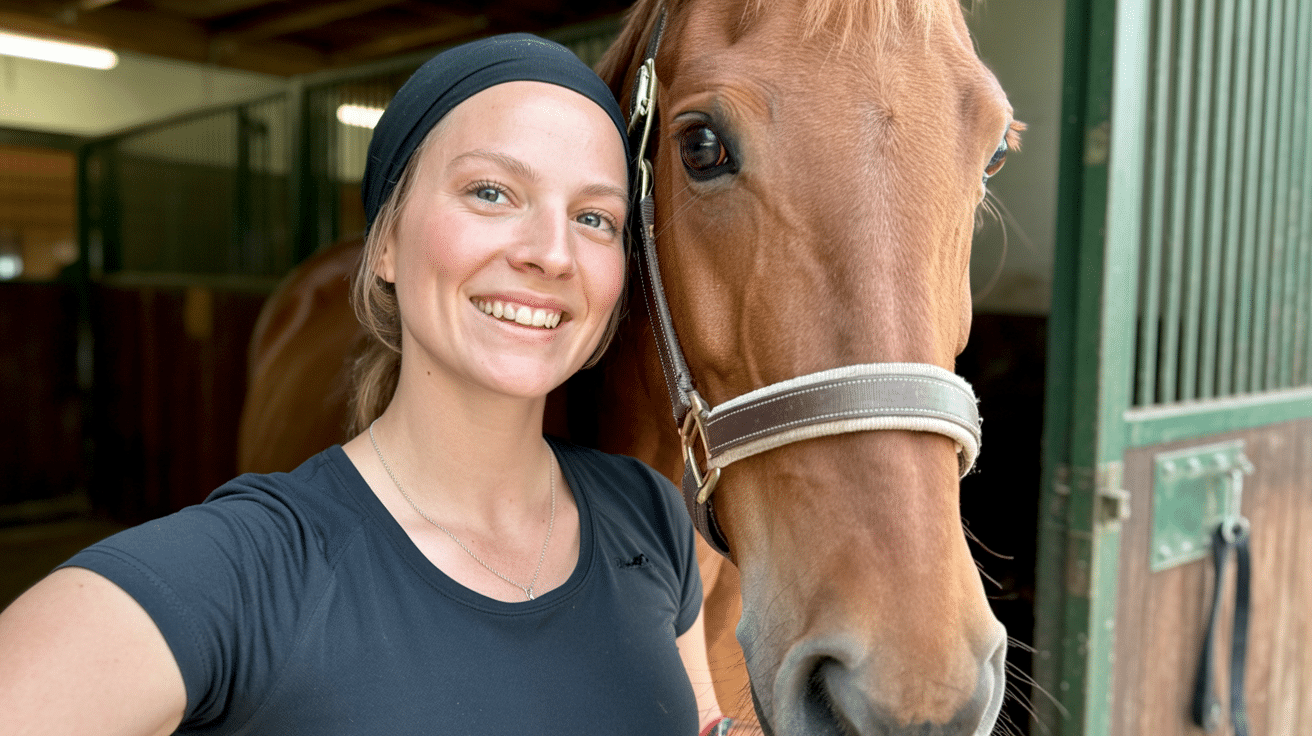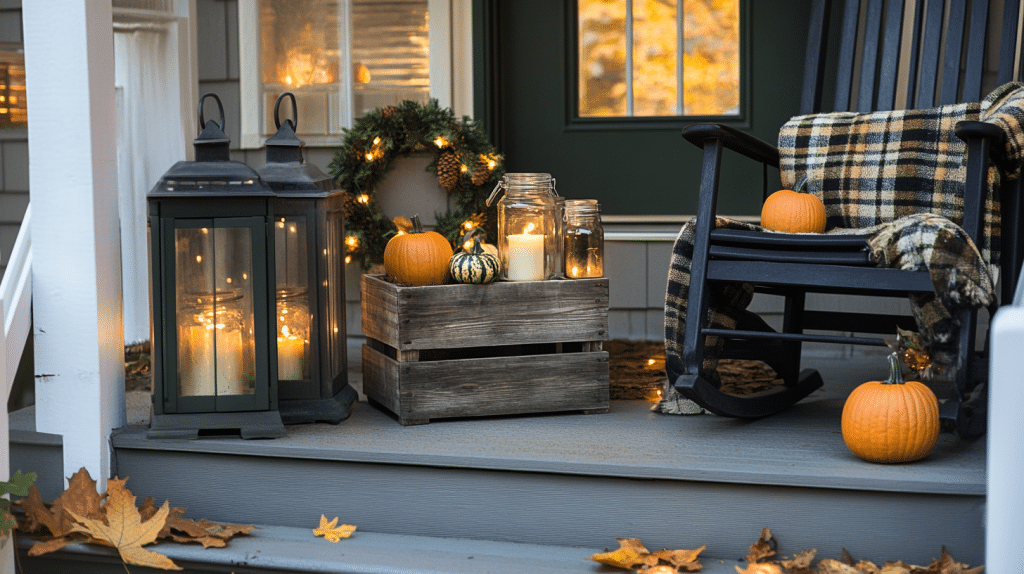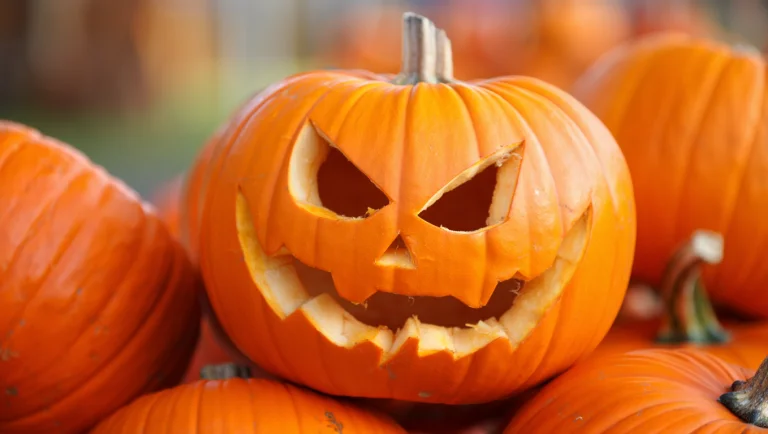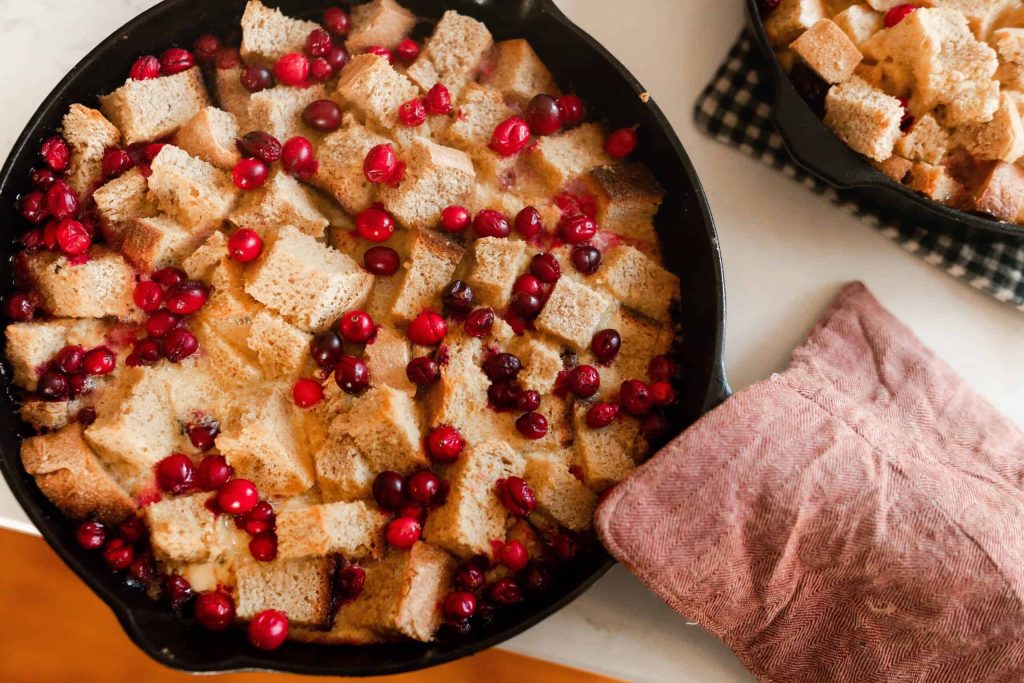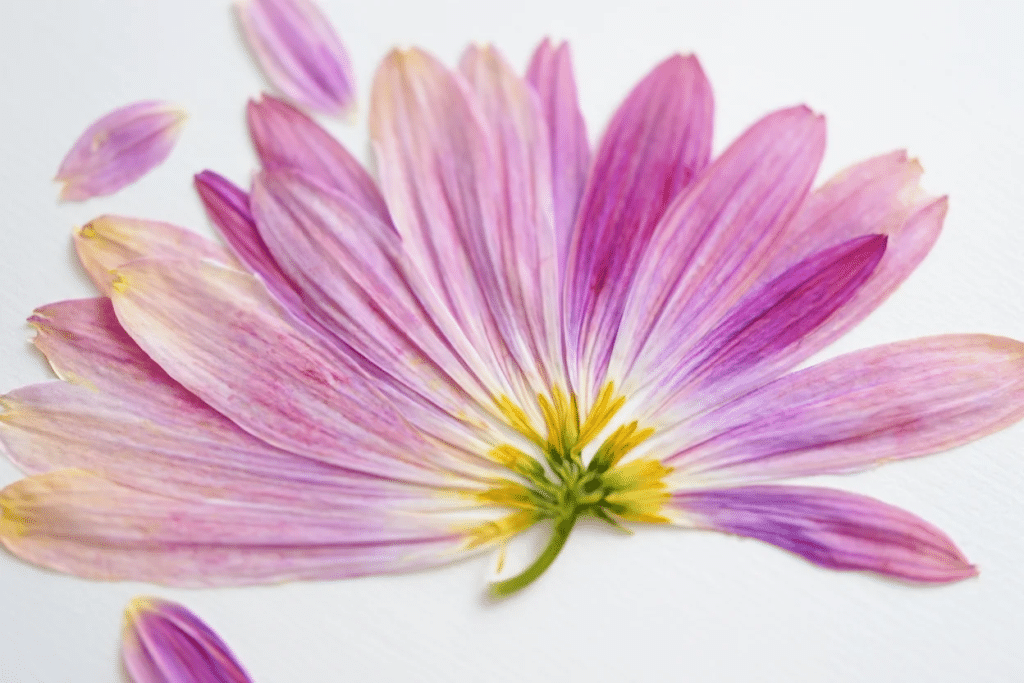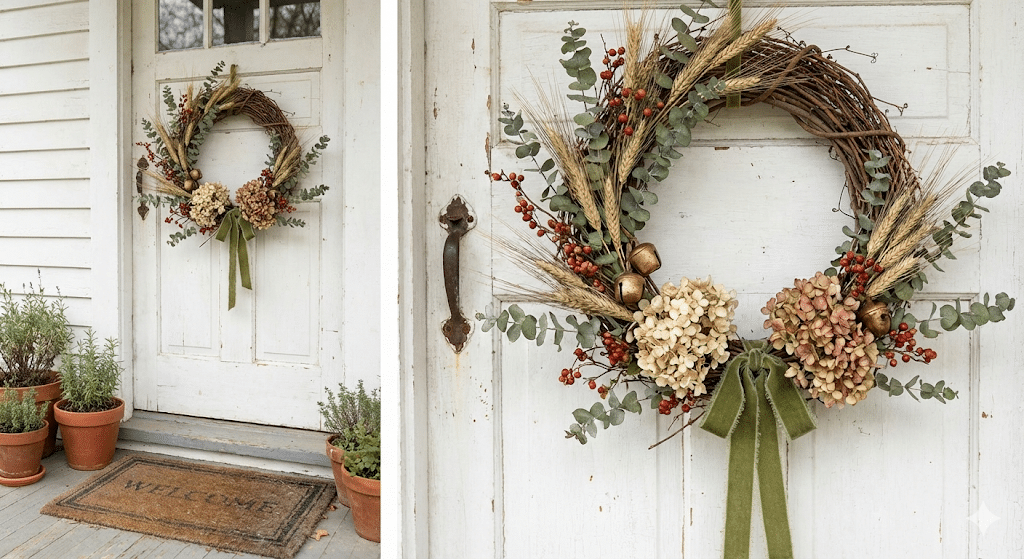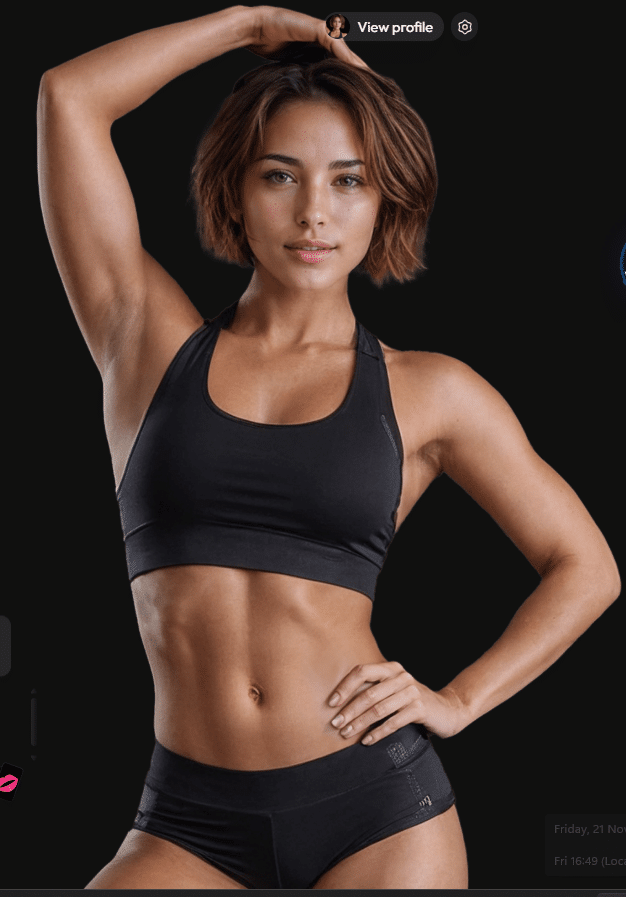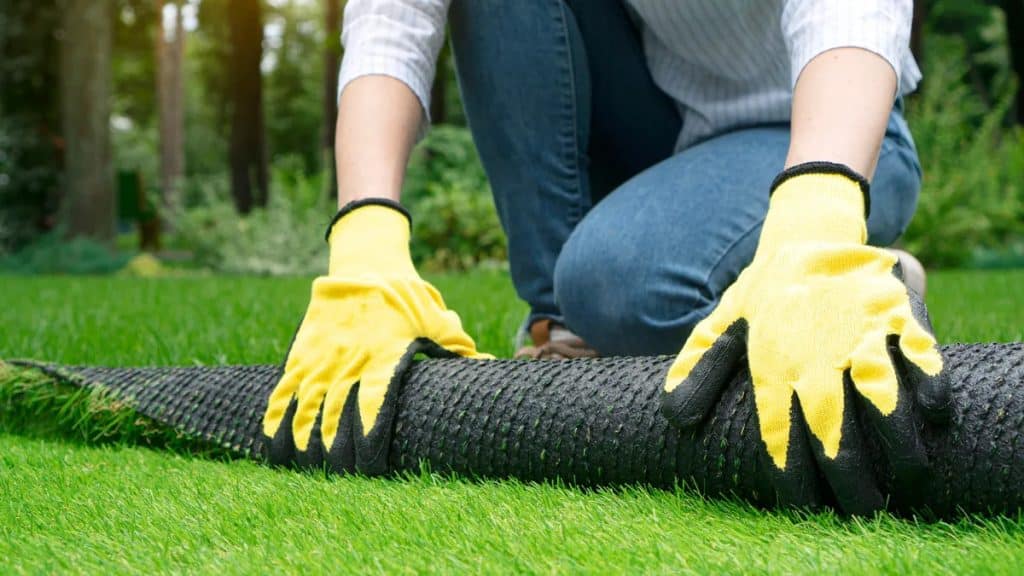Finding the right crochet hook can feel tough when you start a new project.
Many crafters struggle with selecting the correct size, which leads to projects that don’t match patterns or have the wrong tension.
This blog will walk you through everything about standard crochet hooks, from basic measurements to how they impact your finished items.
Let’s get your crochet projects on the right track!
What is a Standard Crochet Hook Size?
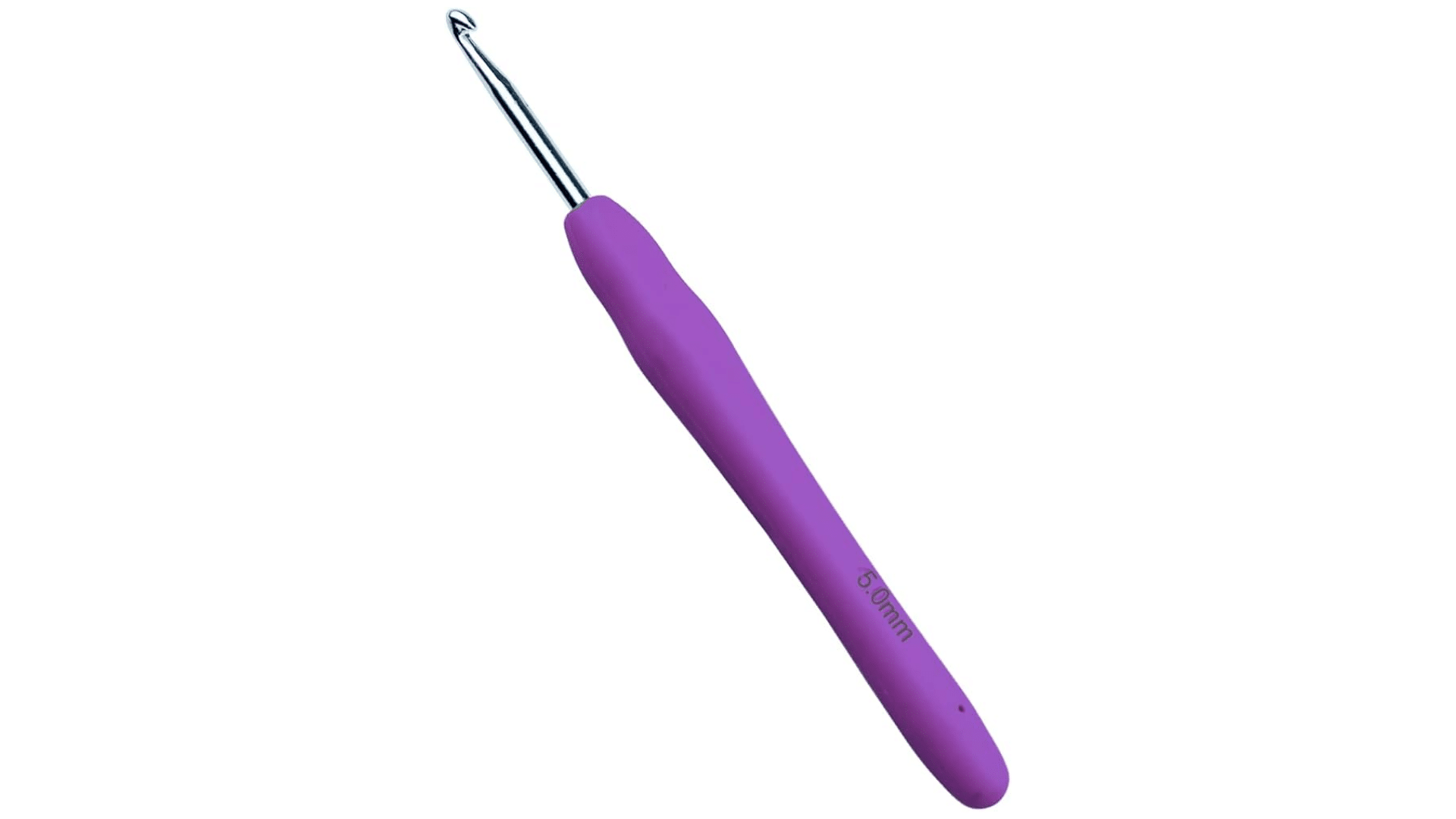
Crochet hooks come in many sizes, but they follow set measuring systems that help crafters pick the right tool. The standard way to size hooks uses letters or numbers, which show how thick the hook is.
A common standard size is the H-8 hook, which measures 5mm across. This mid-range hook works well with most worsted-weight yarns, making it a favorite for beginners and expert crafters alike.
When you check a pattern, you’ll often see this size listed at the top.
The H-8 helps create items with medium tension, not too tight or loose. I find this size perfect for making scarves, blankets, and hats with regular yarn. It fits comfortably in your hand while giving good stitch control.
Understanding the Other Standard Crochet Hook Sizes
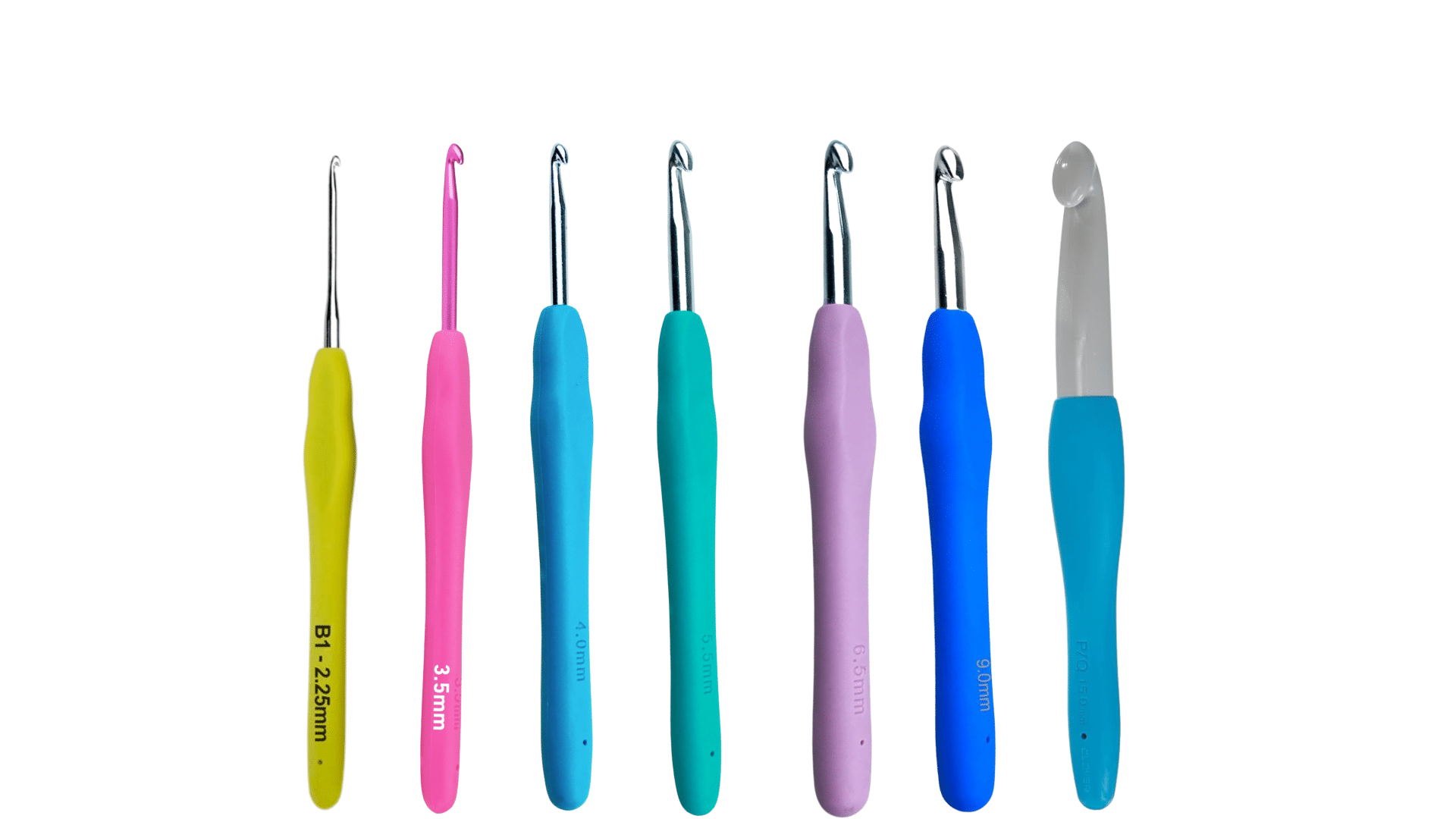
Crochet hooks come in many sizes, each creating different results in your projects.
The size you choose affects stitch tension, project dimensions, and overall appearance. Most patterns list a recommended hook size to help you get the right gauge.
Crochet hook sizes determine the thickness and texture of your finished project, with each size best suited for specific yarn weights and types of items.
Selecting the right hook ensures your stitches are even and your fabric has the desired drape and structure.
| Hook Size (US) | Best For Making | Typical Project Types |
| B-1 (2.25 mm) | Fine, delicate items | Edgings, doilies, baby booties |
| E-4 (3.3 mm) | Lightweight fabrics | Baby clothes, lightweight hats |
| G-6 (4.0 mm) | Medium-weight projects | Scarves, hats, amigurumi |
| I-9 (5.5 mm) | Thicker, soft fabrics | Blankets, sweaters, bags |
| K-10.5 (6.5 mm) | Chunky, warm items | Chunky scarves, rugs, throws |
| M-13 (9.0 mm) | Extra chunky, loose work | Oversized cowls, baskets, and pillows |
| Q (15.0 mm) | Very large, open stitches | Rugs, chunky blankets, home decor |
Let’s take a detailed look at seven common hook sizes you’ll want to know about:
1. B-1 (2.25mm)
This tiny hook works best with fine threads and creates small, tight stitches. I use it for delicate projects like doilies, fine lace, and intricate jewelry. The B-1 hook allows for precise work where details matter most.
When working with this size, you’ll need to pay extra attention to tension as the small diameter can cause hand fatigue during long sessions.
2. E-4 (3.5mm)
The E-4 hook fits perfectly for sock weight and light sport yarns. It creates a balanced fabric that’s not too tight or loose. This mid-small size gives me good control for amigurumi toys and baby items.
The stitches come out defined but still have some flexibility. Many beginners find this size comfortable to learn with as it’s small enough for detail but not frustratingly tiny.
3. G-6 (4.0mm)
This popular size works wonderfully with worsted-weight yarns. The G-6 hook is my go-to for scarves, hats, and most everyday projects. It creates a medium-dense fabric with good drape and structure.
The hook fits comfortably in the hand and allows for quick work. Many patterns default to this size because it produces consistent results and suits a wide range of yarn weights.
4. I-9 (5.5mm)
The I-9 hook pairs nicely with bulky yarns and creates a looser, more flexible fabric. I reach for this size when making cozy winter wear or blankets with good drape.
This hook works up projects quickly and reduces hand strain during long sessions. The larger diameter helps maintain even tension on thicker yarns and creates a fabric with nice movement and flow.
5. K-10.5 (6.5mm)
This larger hook is perfect for chunky yarns and quick projects. The K-10.5 creates open, airy stitches that show off texture and stitch definition. I use it for statement pieces, bulky scarves, and throws.
The generous size allows for fast work, making it ideal when I need to finish something quickly. It creates a fabric with lots of movement and less stiffness.
6. M-13 (9.0mm)
The M-13 hook works with super bulky yarns for ultra-fast projects.
I grab this size for dramatic cowls, rugs, and chunky blankets. It creates very open stitches with lots of space between them.
The large diameter makes this hook easy to hold for people with hand pain or arthritis. Projects work up incredibly quickly, perfect for last-minute gifts or instant gratification.
7. Q (15.0mm)
This jumbo hook pairs with jumbo yarns or multiple strands held together. The Q hook creates extremely open, dramatic stitches for statement pieces and modern home décor.
I use it for arm-knit style blankets, giant baskets, and dramatic wall hangings. The massive size works on projects in record time. This hook requires different handling techniques as it’s too large for traditional grips.
How to Choose the Right Crochet Hook Size for Any Pattern
Selecting the perfect hook size can make or break your crochet project. While patterns usually suggest a hook size, your tension might require adjustments.
Here’s how to pick the right hook for any pattern:
- Check the pattern recommendation: Start with the hook size listed in your pattern. This is the designer’s suggestion based on their tension and the desired fabric.
- Consider your yarn weight: Match your hook to your yarn. Thinner yarns need smaller hooks (B-E), medium yarns work with middle sizes (G-I), and bulky yarns require larger hooks (K-Q).
- Make a gauge swatch: Crochet a 4×4-inch square using the suggested hook. Count your stitches and rows, then compare with the pattern gauge to see if you need to size up or down.
- Think about the project type: For amigurumi and stiff items, go smaller than recommended. For drapey garments and loose fabric, try a hook one or two sizes larger.
- Test your comfort level: Your hands should feel comfortable with the hook. If you feel pain, try a hook with a different grip or handle style.
- Consider the finished fabric: Looser stitches dry faster and have more movement. Tighter stitches create warmer, more structured items.
- Adjust for special techniques: Some stitches, like puff or popcorn, need larger hooks than normal to maintain good tension and prevent overly tight fabric.
The Bottom Line
Picking the standard crochet hook size makes all the difference in your crafting success.
Now you know how hook sizes work and why the H-8 5mm hook stands out as a practical choice for many projects.
Try working with the same yarn but changing hook sizes to see how it affects your work. This simple test can teach you a lot about tension and stitch appearance.
Grab that hook, pick a nice yarn, and put these tips to work. Your hands will thank you, and your finished pieces will show the care you’ve taken!


